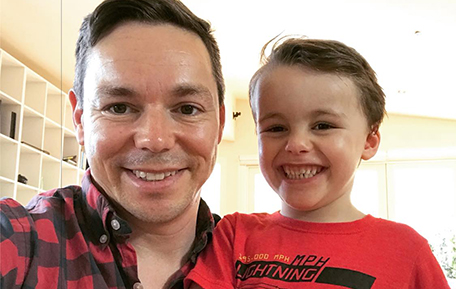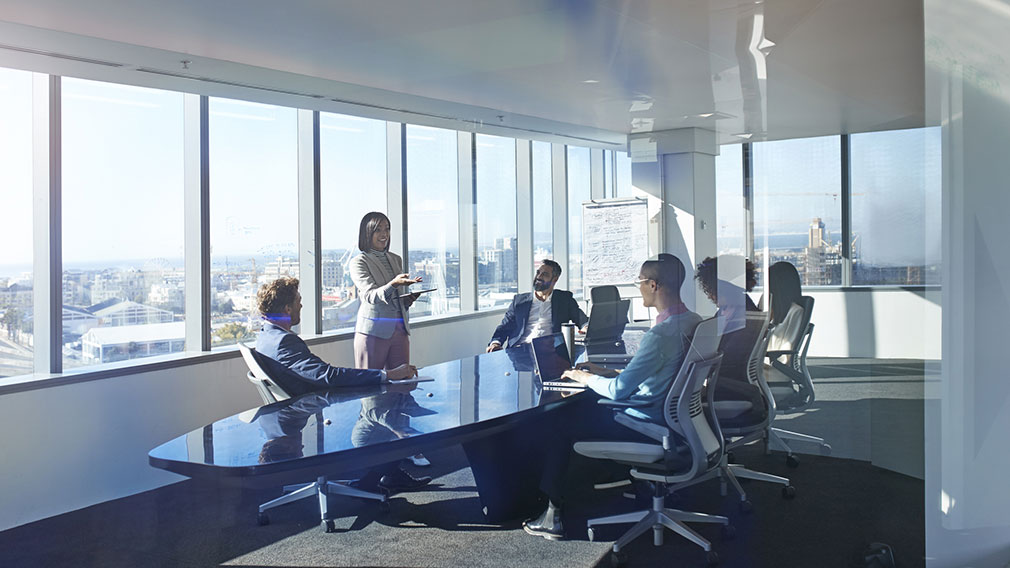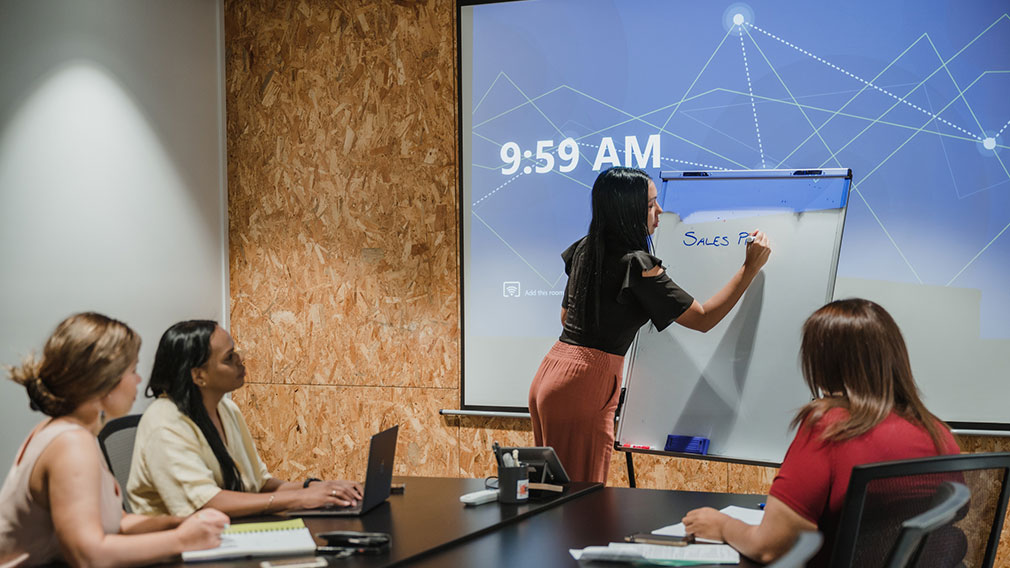‘Just not the same’: The workers over WFH

WeWork’s Balder Tol says people are “really ready to return to the office”. (Provided)
“WFH” may have become one of the most common acronyms of the past year or so as COVID-19 lockdowns spurred a rise in flexible work practices, particularly working from home.
But for some people, they’re pining for what it replaced: the office.
Sam Baker, a Melbourne-based sales manager in the telecoms industry, says his drive and motivation started dwindling as soon as his company switched to working from home during the first COVID lockdown last year.
“You’d think an extrovert like me would be fine working from home, and that I’d simply pick up the phone and call someone when I needed a catchup,” he says. “But I found it really hard. It was lonely, and I found myself overthinking everything. I also missed throwing around ideas and being challenged by my colleagues.”
Baker says his flattened mood impacted his productivity, and at times he felt desperate to return to the office, sometimes waking up feeling bleak about the prospect of another day working from home. After learning that his company had decided to abandon its office altogether, he decided to look for a new role and is about to join Telstra, which offers flexible working arrangements.
His perspectives are shared by many.

Sam Baker says he plans to work from the office as well as WFH some days to help with school pick-ups. (Provided)
Last year, a global study by WeWork and research firm brightspot strategy found that 90 per cent of people wanted to return to the office for at least one day a week, with a quarter wishing to return five days a week. But given many people also love WFH and want to retain some of the flexibility attained during COVID, it’s a tricky issue for employees and companies to navigate, with some, including Westpac, moving to a “hybrid” model.
In December, BCG research showed almost two thirds of employees wanted a hybrid working model of WFH and the office.
“People are really ready to return to the office,” claims Balder Tol, general manager for Australia and Southeast Asia at WeWork, which provides flexible office space to organisations.
“While some companies aren’t yet ready to make long term commitments on their future workspace needs, maintaining culture, attracting and retaining talent remains key. After months of working from home, many people have felt the impacts of isolation and loneliness: our members are telling us they want to come back.”
Although most people reported higher productivity levels when working from home, CBRE’s Workforce Sentiment Survey found that a significant minority of 8 per cent did not. For those who have already returned to the office, productivity and personal wellbeing has shot up. Morale rose for 40 per cent of people who are spending at least one day per week in an office, and by 54 per cent for those who returned four to five days.
“Sales is all about relationships. I tried to approach people through LinkedIn, but it just wasn’t the same,” says Baker, who plans to work from the office a few days a week in his new jobs as well as WFH some days to help his partner with school pick-ups.
“I also missed a lot of opportunities through those informal conversations when the discussion veers off into a different direction, or someone overhears your conversation and says, ‘hey – I’m interested in that’.”
According to the brightspot strategy survey, opportunities for unplanned interactions in a working from home environment fell by 25 per cent. For employees like Baker, who collaborate in close-knit team environments, the decline was as much as 40 per cent. “I had no one to bounce ideas off. It was like trying to kick a footy with no one else on the field. Who cares if I kick a goal? It’s not that I’m really competitive, but I need other people around me to thrive,” he says.
Tol adds: “When it comes to developing thoughtful solutions and creative outcomes, the best way is still face-to-face. Great work can’t be done by Zoom alone. Those tiny, innovation-driving intellectual collisions that happen in office hallways and casual lunches are hard to replicate remotely.”
The views expressed are those of the author and do not necessarily reflect those of the Westpac Group.



